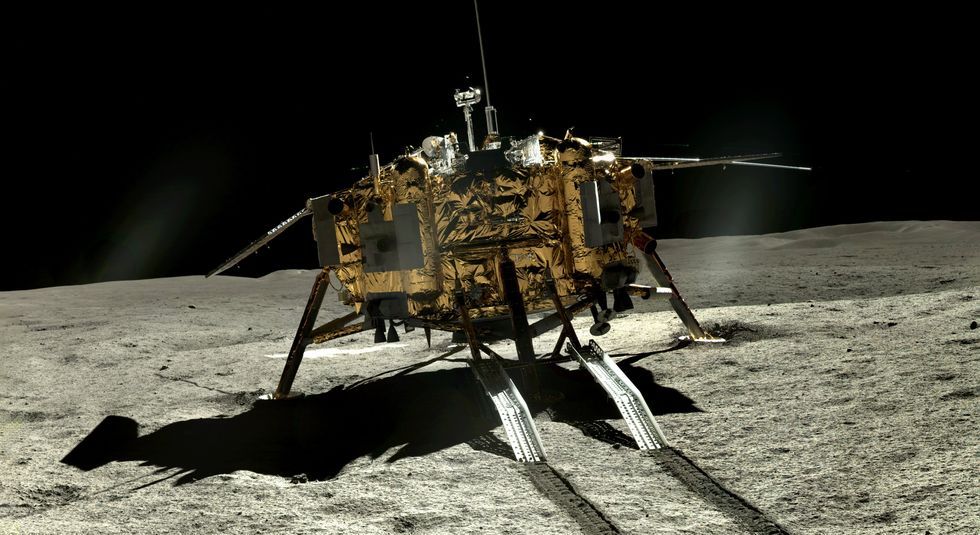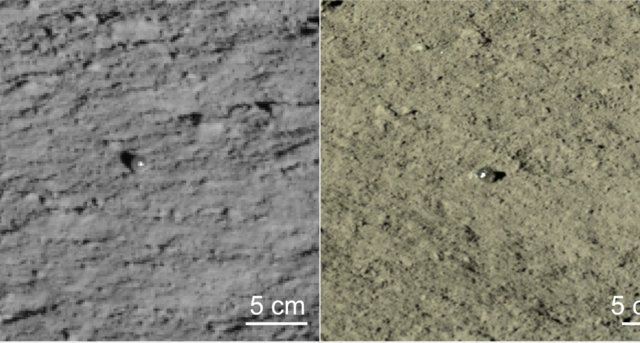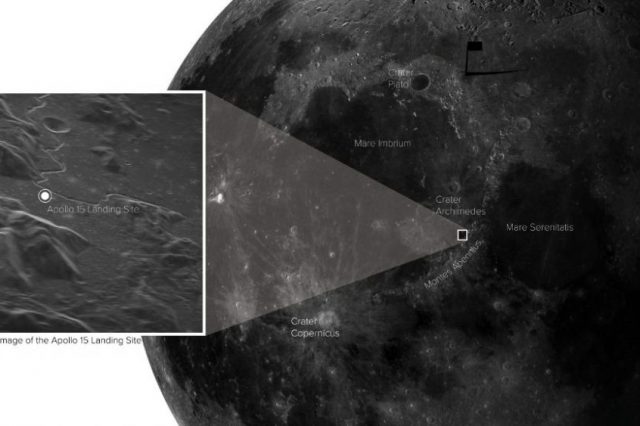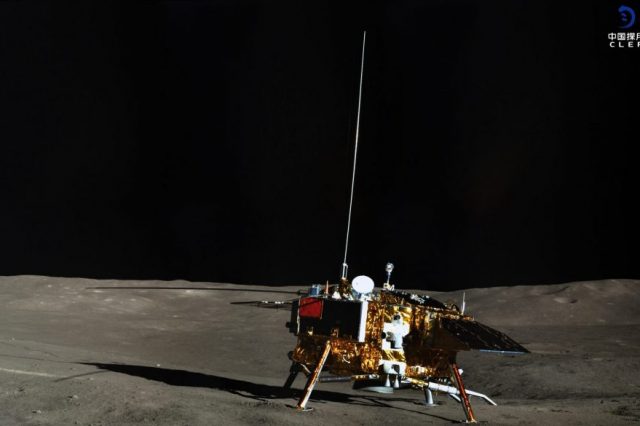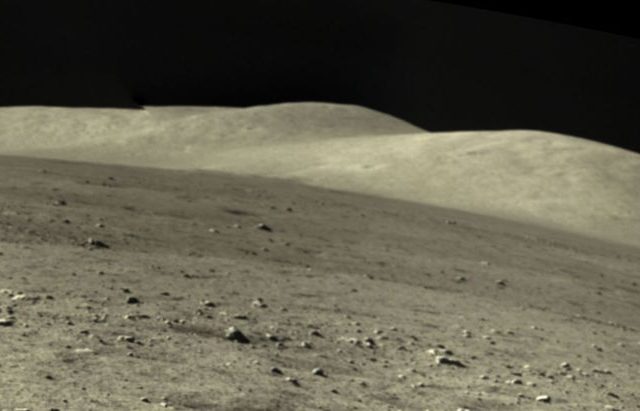The Chang'e 4 mission has given us hundreds of images from the far side of the Moon and continues to operate months after the mission was expected to end.
During the first days of 2019, while some people were still shaking off the effects of the holiday meals, a huge gap in the study of the solar system was finally filled. We’ve sent probes to every planet around us, met comets, landed on asteroids, and even on one of Saturn’s moons. Achievement after achievement, always looking at the deepest corners of our Galaxy and beyond before we landed on the far side of our natural satellite – the Moon.
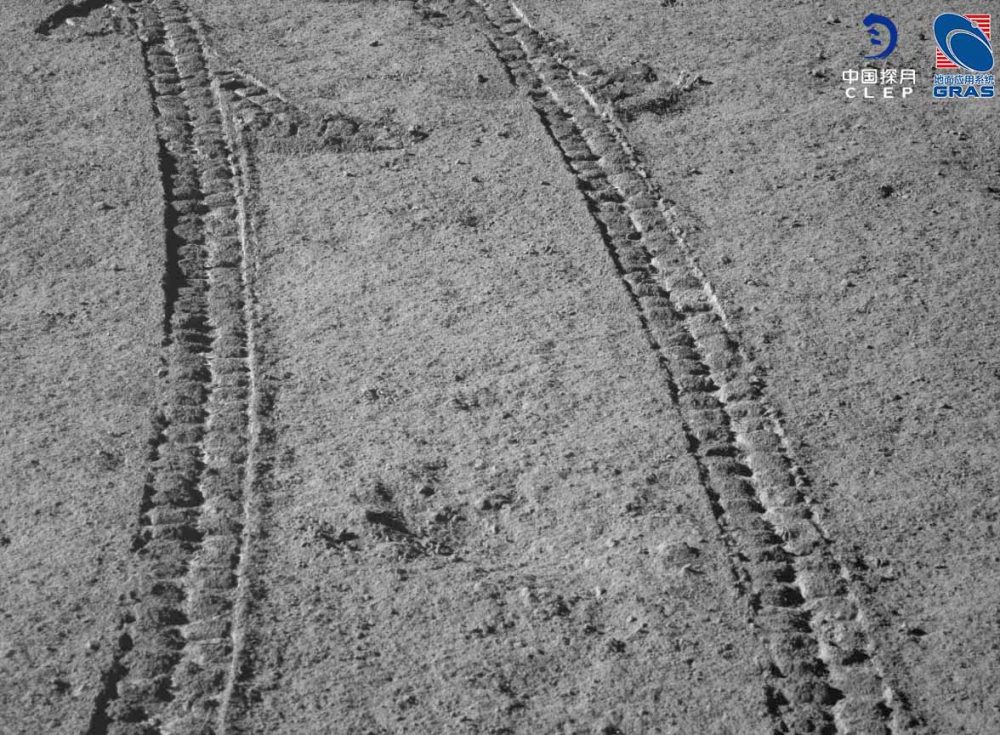
Finally, this achievement was made by the Chinese Space Agency with the successful landing of the Chang’e 4 mission to the lunar surface on January 3, 2019. Only 12 hours later, the lunar rover “Yutu-2” left the first traces of dust chains.

Chang’e 4 marked the return to our satellite after years of neglect and efforts to study the rest of the solar system. Interest in the moon began to wane after the Apollo program ended in 1972, with 1976 being the last robotic mission.

The situation remained the same until December 2013, when China landed the first Yutu spacecraft on the visible side of the moon as part of the Chang’e 3 mission. Thus, China became only the third country after the United States and the Soviet Union with such an achievement.

However, the Chang’e 3 mission did not go smoothly, and a technical problem left the spacecraft stationary soon after landing. The probable cause is thought to be bumping into rocks earlier than expected. Given these problems, the Chinese Space Agency made a bold next move.
-min-1800x247.jpg)
Due to the gravitational pull of the Earth, we see only one side of the Moon, the other always remains hidden. That is why Chang’e 4 landed during the new moon – when the near side of our satellite is dark, and the opposite is fully illuminated by the sun.
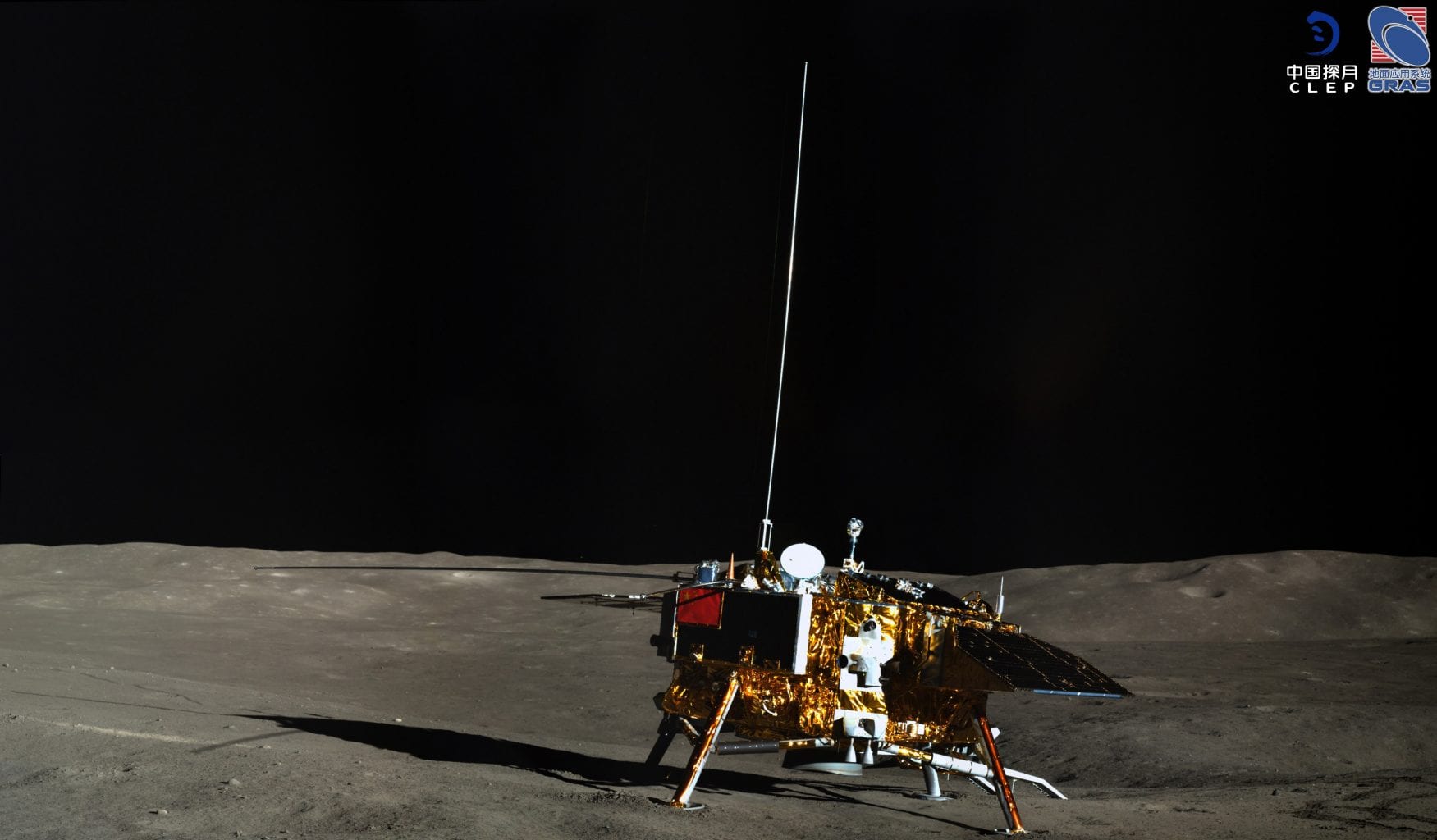
No matter which sides they land on, missions to the moon must be able to last two weeks in complete darkness, followed by two more in bright light. The only way to learn more about the far side is to send probes (or people) there for a closer look.
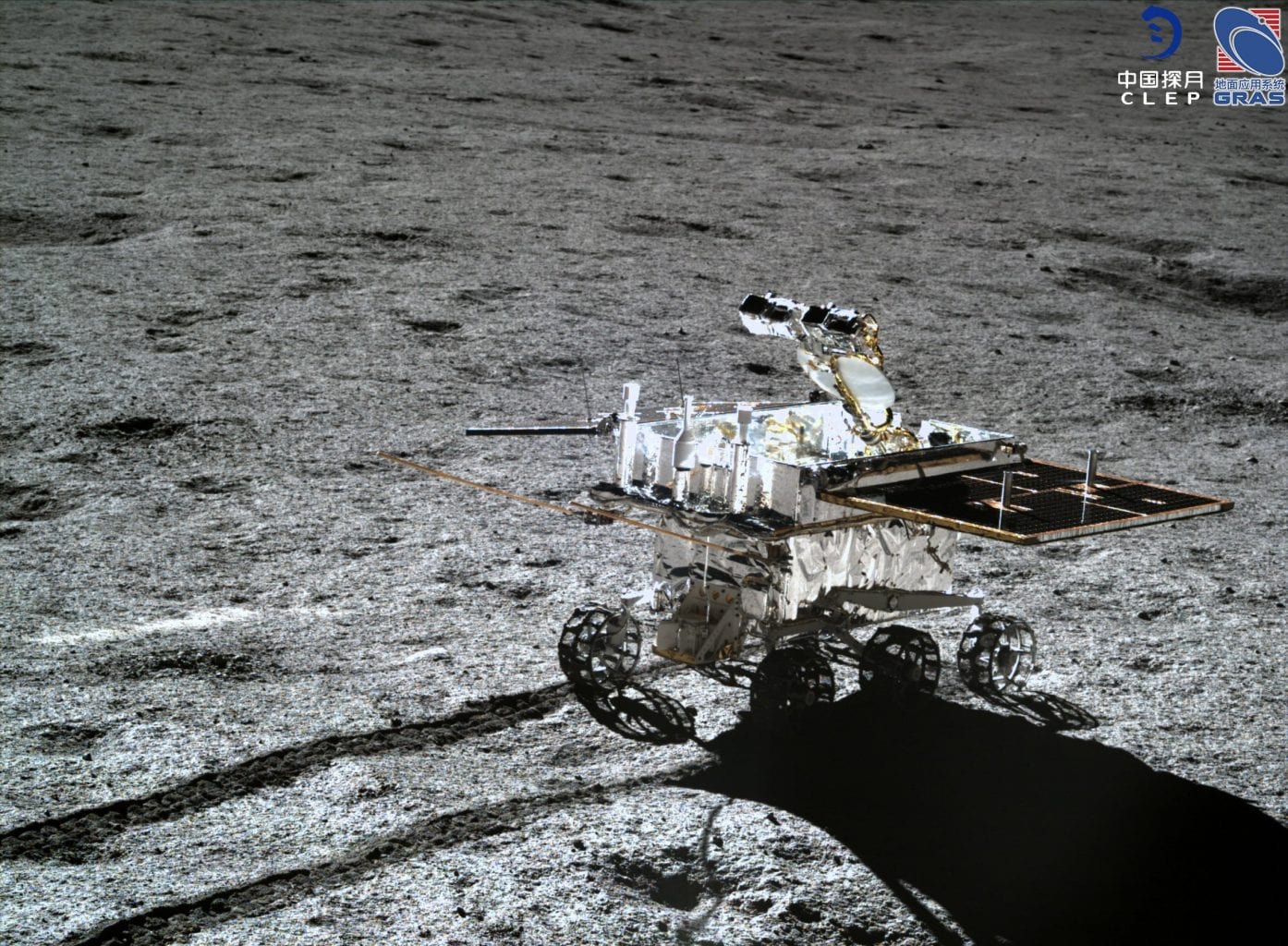
The first picture from there was taken in 1959, but a probe only landed there in January 2019 with the Chang’e 4 mission. NASA had rejected the idea of sending Apollo 17 to the far side of the moon, the last manned mission to land on the moon in the 1970s, in part because of communication difficulties as the moon blocked direct radio signals from Earth.
-1800x221.jpg)
For nearly two years now, we have been receiving more and more photos and panoramas of the far side of the Moon, thanks to the Yutu-2 rover. Originally, the mission was supposed to end around April 2020, as this was the approximate lifespan of the rover based on experts. Surprisingly, Yutu-2 is still conquering new distances on the far side of the Moon, more than six months longer than the original plan. Just a few days ago, the Chinese Space Agency released brand new images from the moon’s far side, which you can see here.

The Chinese Space Agency is now ready with its next mission, Chang’e 5. While the official launch date of November 24 is prone to changes, we should surely expect it to launch in the following weeks before the end of the year. Unlike Chang’e 4, the upcoming mission has been planned to return to Earth with at least 2 kilograms of lunar samples, a major achievement that will lay the foundations of a new generation of discoveries about the Moon.

Join the discussion and participate in awesome giveaways in our mobile Telegram group. Join Curiosmos on Telegram Today. t.me/Curiosmos

